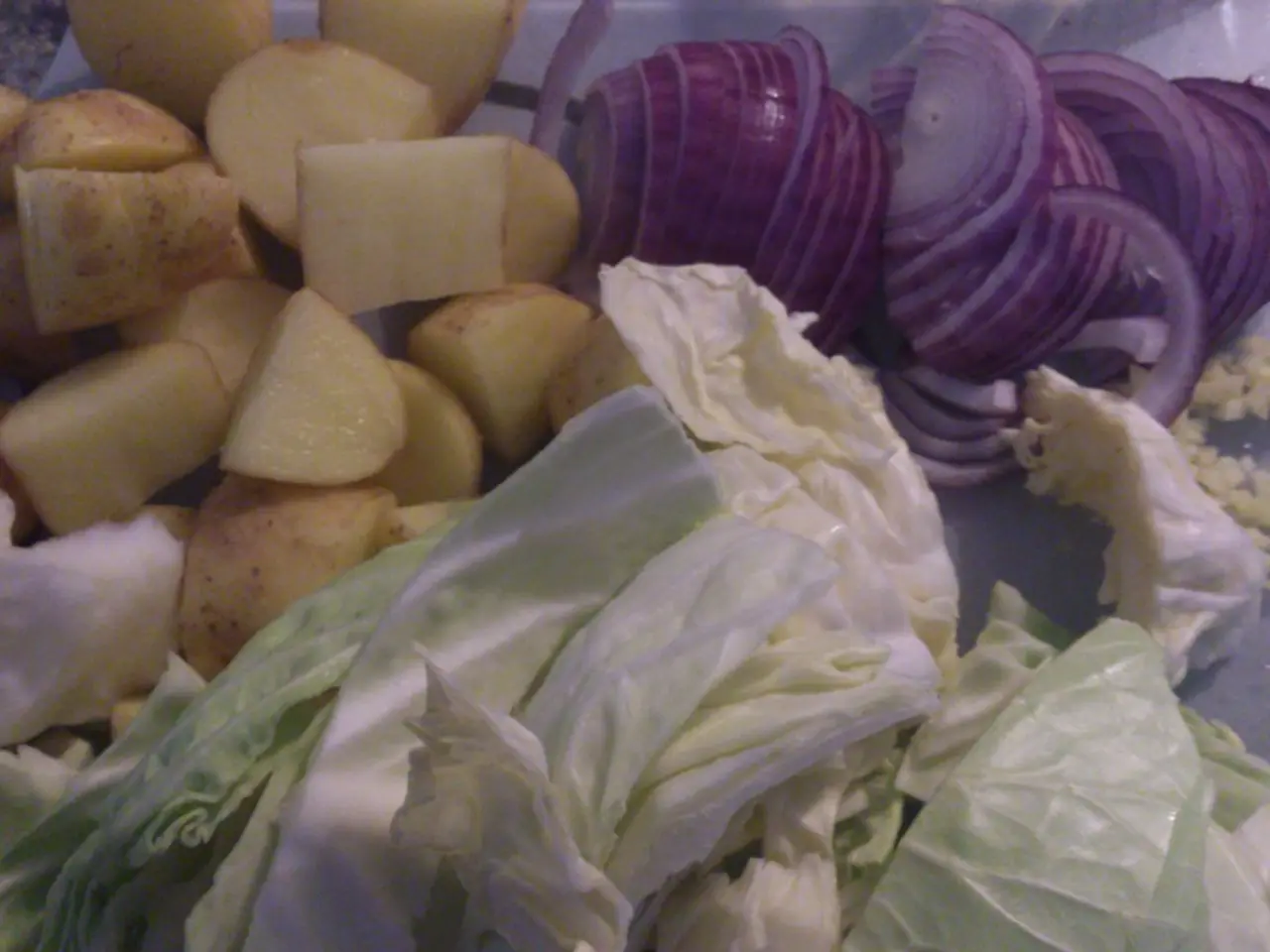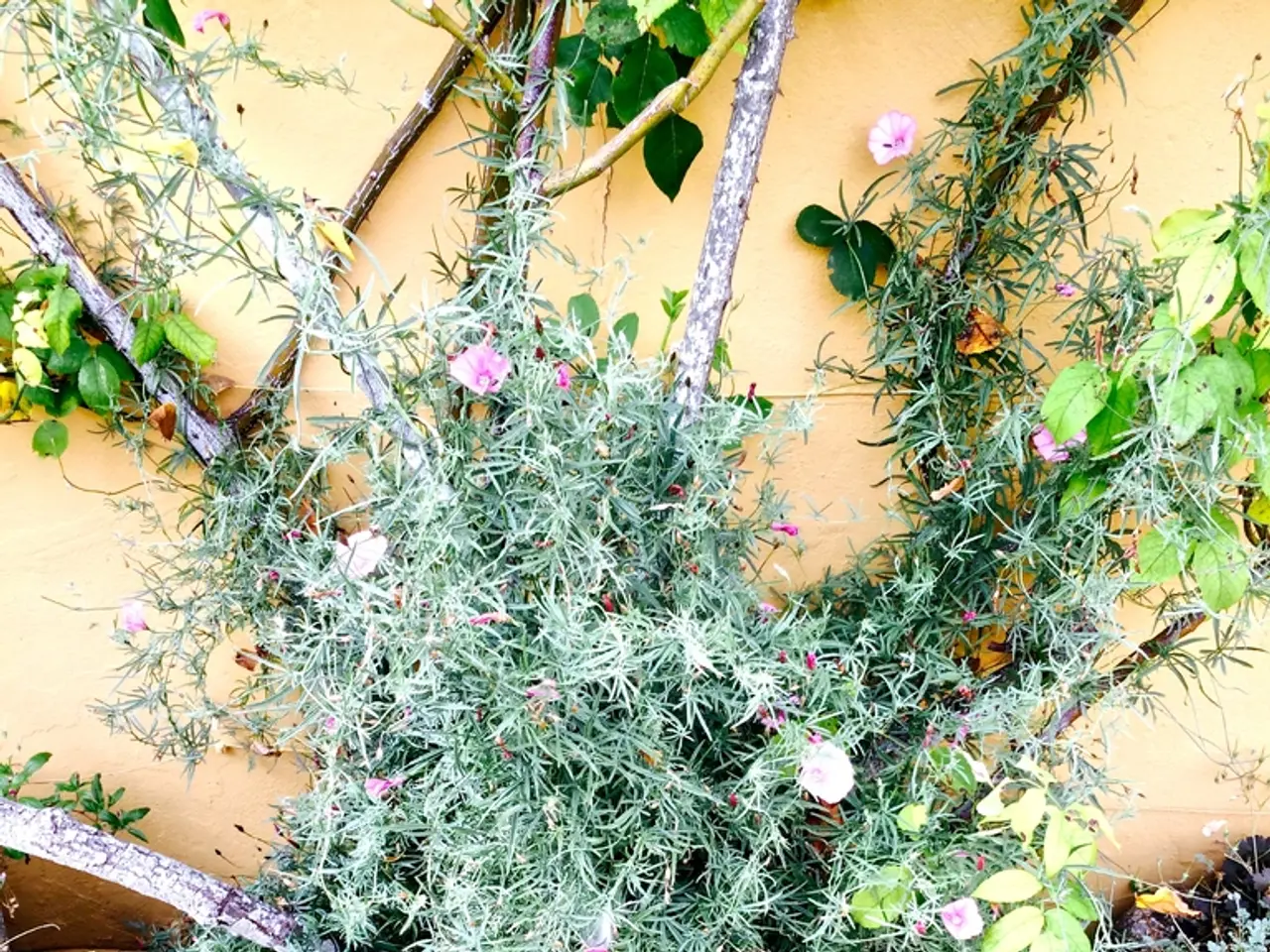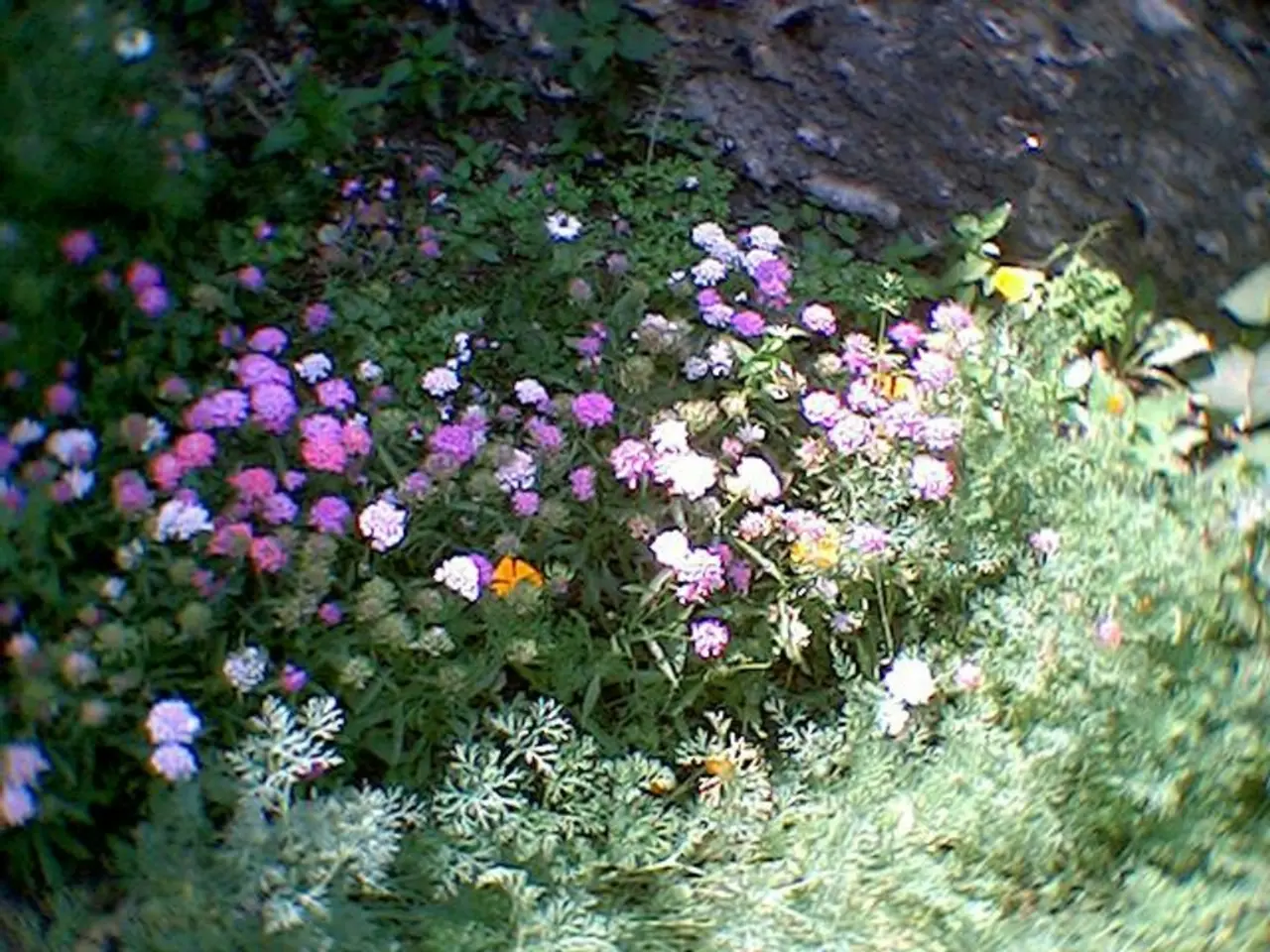Guide to Cultivating Allium Plants for a Vibrant, Flavorful Yield
Growing Allium Vegetables: A Beginner's Guide
Allium vegetables, such as onions, garlic, leeks, chives, and shallots, bring both flavor and antioxidants to your meals. These easy-to-grow and hardy veggies make an excellent choice for any gardener, especially beginners. Let's get down to business and learn how to grow these delicious allium family members like a pro.
What Are Allium Vegetables?
Allium vegetables belong to the Allium genus and include popular staples like onions, garlic, and leeks, along with lesser-known counterparts such as chives and shallots. These veggies are a must-have in any kitchen for their exceptional taste. Plus, allium flowers will certainly add an eye-catching charm to your flower gardens.
Growing Allium Vegetables: Seeds vs Sets
Although alliums are all related, they each have their unique cultivation methods. Some are grown from seeds, others from cloves, and some from immature bulbs called sets. So, let's dive into the specifics of growing from seeds and sets for common allium vegetables.
Growing Allium from Seeds
Growing allium vegetables from seeds isn't a daunting task. Onions, for instance, can be grown by sowing seeds directly in your garden bed during April or starting them indoors using seed trays in March. If you opt for indoor sowing, wait until the seedlings are strong enough to be planted outside around mid-May.
Chives, spring onions, leeks, and shallots can also be grown from seeds, using the same techniques as onions. If you're feeling adventurous, wild garlic is a type of allium vegetable you can try harvesting for its leaf!
Growing Alliums Using Sets
Sets are immature bulbs that you plant into the ground in a small hole. Onions, for example, are usually grown using sets, making it a simple and quicker process compared to seeds. This method is also ideal for garlic, although garlic is usually grown by splitting cloves from mature bulbs and planting them.
Preparing the Soil for Alliums
When preparing your soil for allium bulbs, remember that they do not require a lot of nutrients to thrive. Just feed the soil a little garden compost or leaf mold to aid in drainage, as all allium vegetables prefer well-drained soil.
You can also add a bit of blood and bone fertilizer to give the soil a boost, but it's not necessary for growing garlic. If your soil tends to get waterlogged during winter, add some grit or horticultural sand to the planting hole to help improve drainage.
Planting Allium Vegetables: Specifics for Onions, Garlic, and Leeks
Onions
Onions can be grown using either seeds or sets. Sets are immature bulbs that are easier to handle and offer a head start on seed-grown varieties. To plant onion sets, simply create a shallow hole for the set, place it with the root side down, and cover it lightly. Space your onions according to the variety you are growing.
If you'd like to grow overwintering onions, plant them in the fall for a much faster crop than summer-planted onions. Shallots are grown in much the same way as onions, with the difference being that instead of one bulb, they swell several bulbs like garlic.
Garlic
Garlic is usually grown by purchasing the garlic variety you want to grow in mature bulb form and splitting off each clove to plant. As you might have noticed, garlic and onions are quite similar in their growth methods.
Leeks are another allium vegetable that are grown from seeds, sown directly into the soil in March or April. Once the seedlings grow to the thickness of a pencil, separate them and plant them into 6-inch-deep holes.
Allium Pests and Diseases
Onion Fly
The onion fly can pose a threat to your allium plants, as it lays eggs in the soil around onions, and the grubs feed on the roots and bulbs, causing them to yellow and die. Hoeing the soil regularly can help expose the bugs to birds, and setting your onions out in a grid can reduce the likelihood of the flies laying eggs.
Onion Eelworm
Onion eelworm is another pest that can affect your allium crops. Unfortunately, there is no solution for the current season if you find this pest in your soil. Simply remove and destroy infected plants, keeping in mind that clearing the problem may take several years of rotation and crop planning.
Allium Family Diseases
Allium diseases can negatively impact your crops. For example, onion white rot is caused by a fungus and is detectable by a fluffy white fungus on the roots. Unfortunately, there is no treatment for this disease, and the only way to combat it is to take onions (and other allium family vegetables) out of the affected area for a few years to allow the fungus to die off.
Onion and garlic storage rot, as well as neck rot, can affect your crops during storage. To avoid storage rot, keep bulbs dry during harvest, leave bulbs on their side in the sun, keep covered from rain if possible, and avoid cutting off leaves. Also, use thick-necked and damaged bulbs first and store them on shelves in a frost-free shed.
In summary, growing allium vegetables from seed is a straightforward process that involves sowing seeds, seedbed preparation, and proper care. Growing allium vegetables using sets is another option that offers simplicity and faster growth, especially for onions and garlic. By understanding their distinct cultivation methods and taking precautions against pests and diseases, you can nurture healthy and delicious allium crops that will enhance your culinary endeavors. So, go ahead and start planting those allium vegetables to enjoy their delightful flavors in your meals!
Allium vegetables, such as onions, garlic, leeks, chives, and shallots, belong to the Allium genus and are a must-have in any kitchen for their exceptional taste. They also add an eye-catching charm to flower gardens with their flowers. Growing allium vegetables, whether from seeds or sets, can be a rewarding experience for any gardener, particularly beginners.
Onions, for instance, can be grown by sowing seeds directly in the garden bed during April, or starting them indoors using seed trays in March. Chives, spring onions, leeks, and shallots can also be grown from seeds, using the same techniques as onions. For a quicker process, onions and garlic are usually grown using sets, and leeks are grown from seeds, sown directly into the soil in March or April.
In preparing the soil for allium bulbs, remember that they prefer well-drained soil. Add garden compost or leaf mold to aid in drainage, and for improved drainage in waterlogged soils, add grit or horticultural sand to the planting hole.
The onion fly and onion eelworm can pose threats to allium crops. Hoeing the soil regularly and setting plants in a grid can help prevent the onion fly. Onion eelworm requires careful removal and destruction of infected plants, as a solution for the current season is not available.
By understanding their distinct cultivation methods and taking precautions against pests and diseases, you can nurture healthy and delicious allium crops. These delicious allium family members will not only add flavor but also antioxidants to your meals, making a positive contribution to your health-and-wellness and food-and-drink lifestyle. As part of the fitness-and-exercise, home-and-garden, and gardening segments, growing organic herbs and vegetables, including alliums, supports a holistic and sustainable lifestyle, and contributes to the cooking and lifestyle trends.




